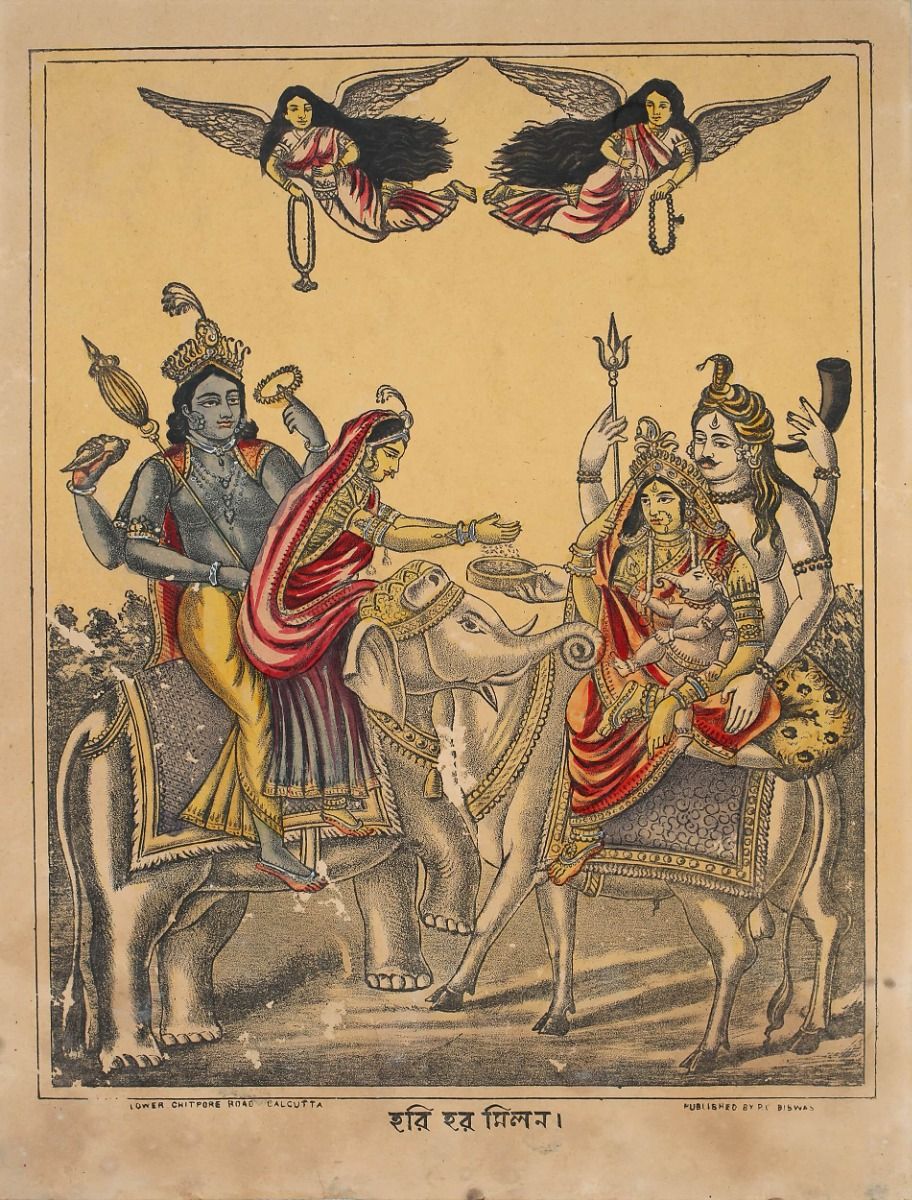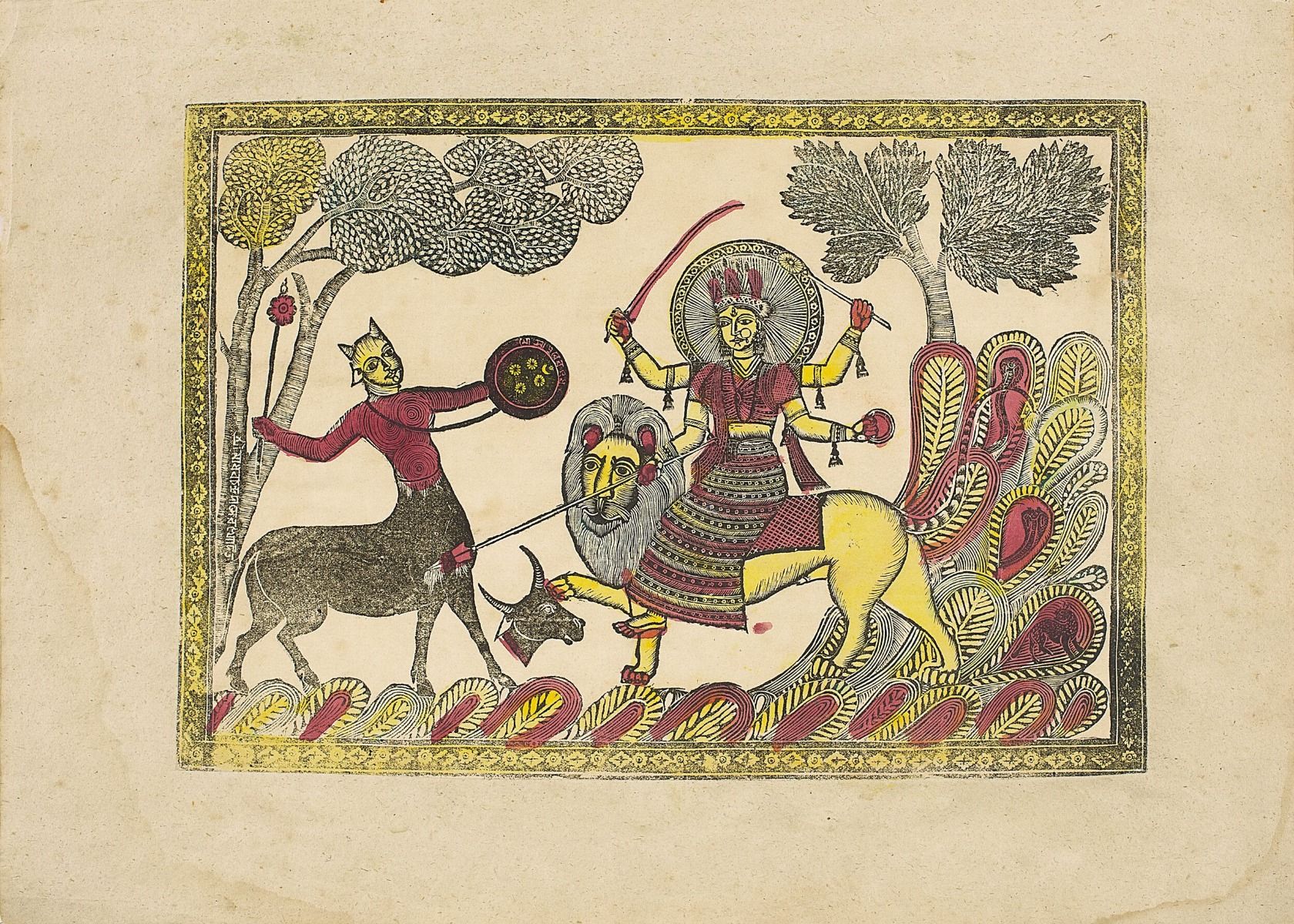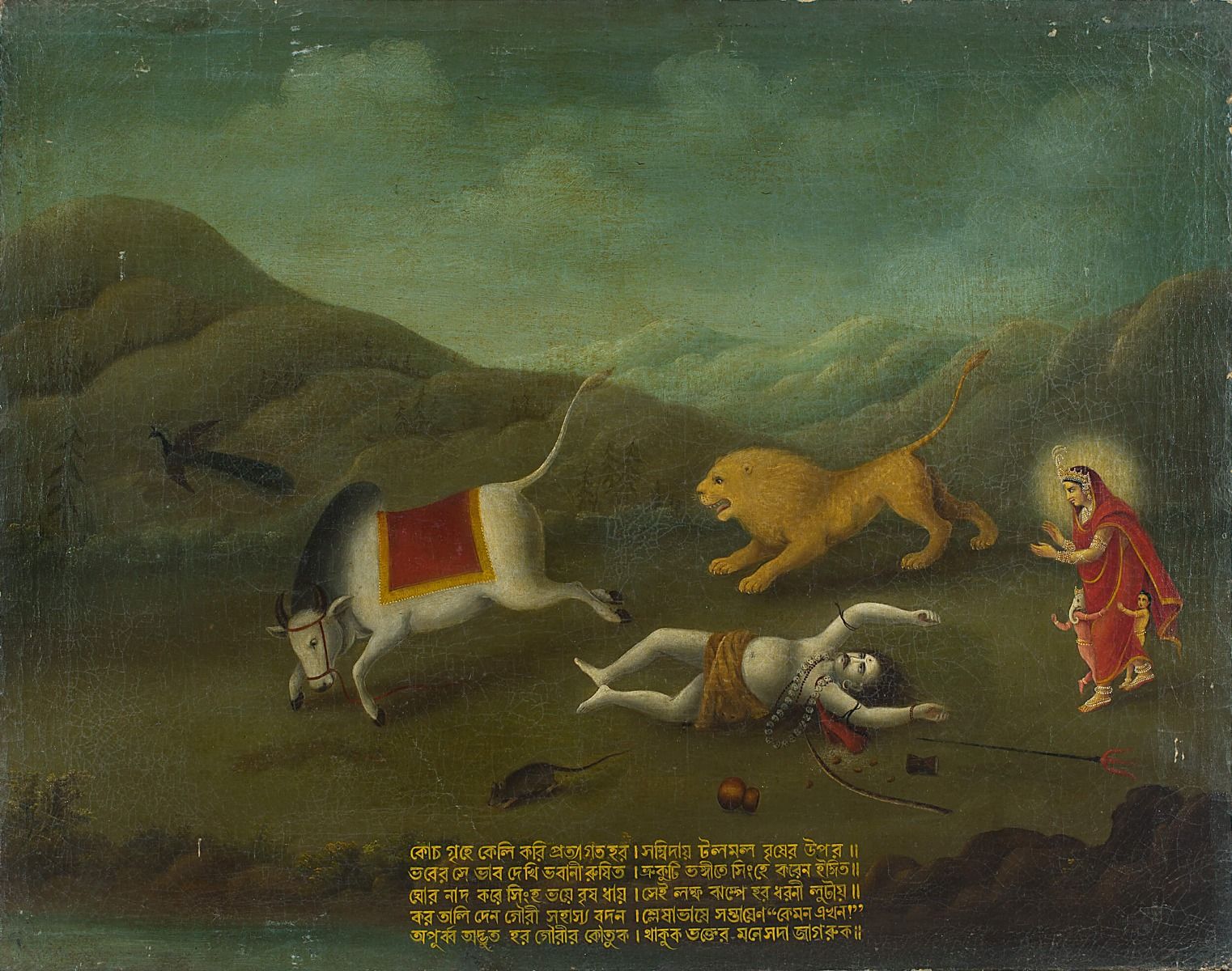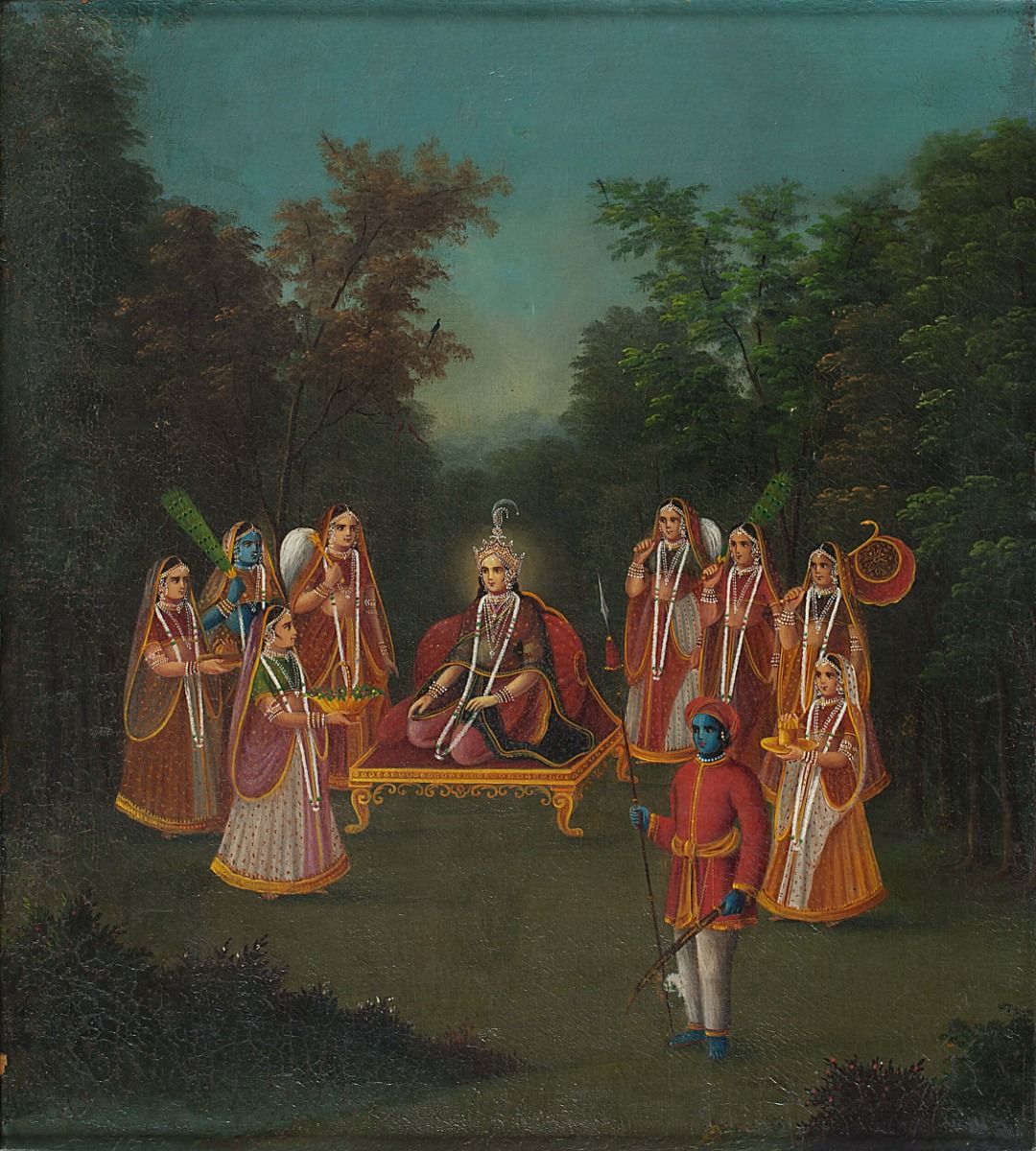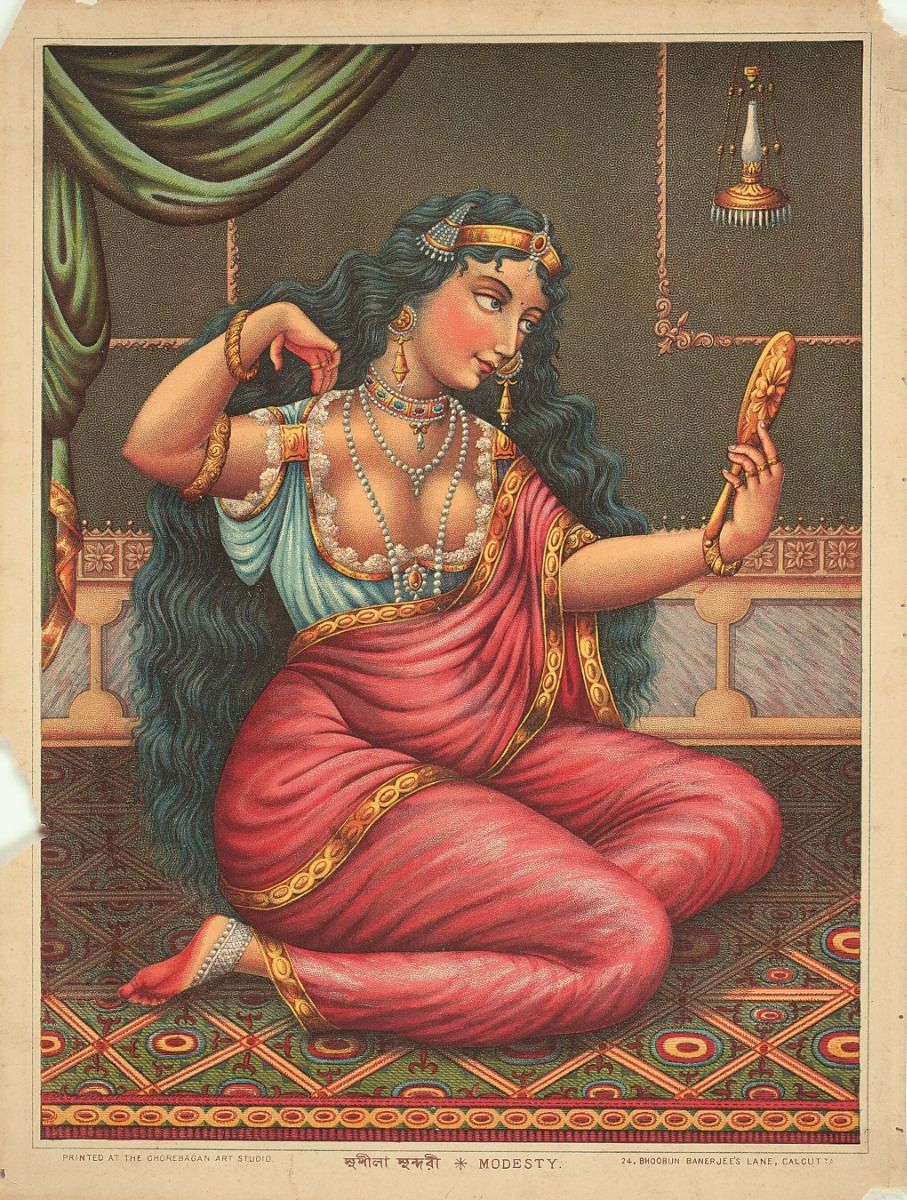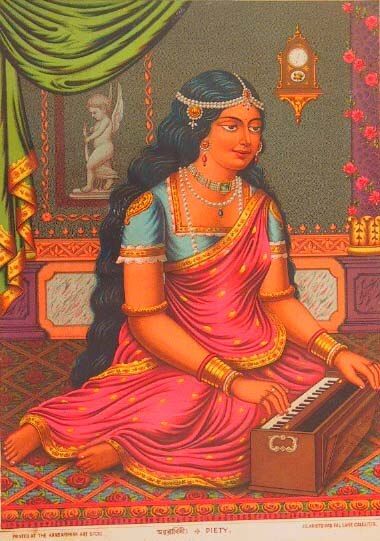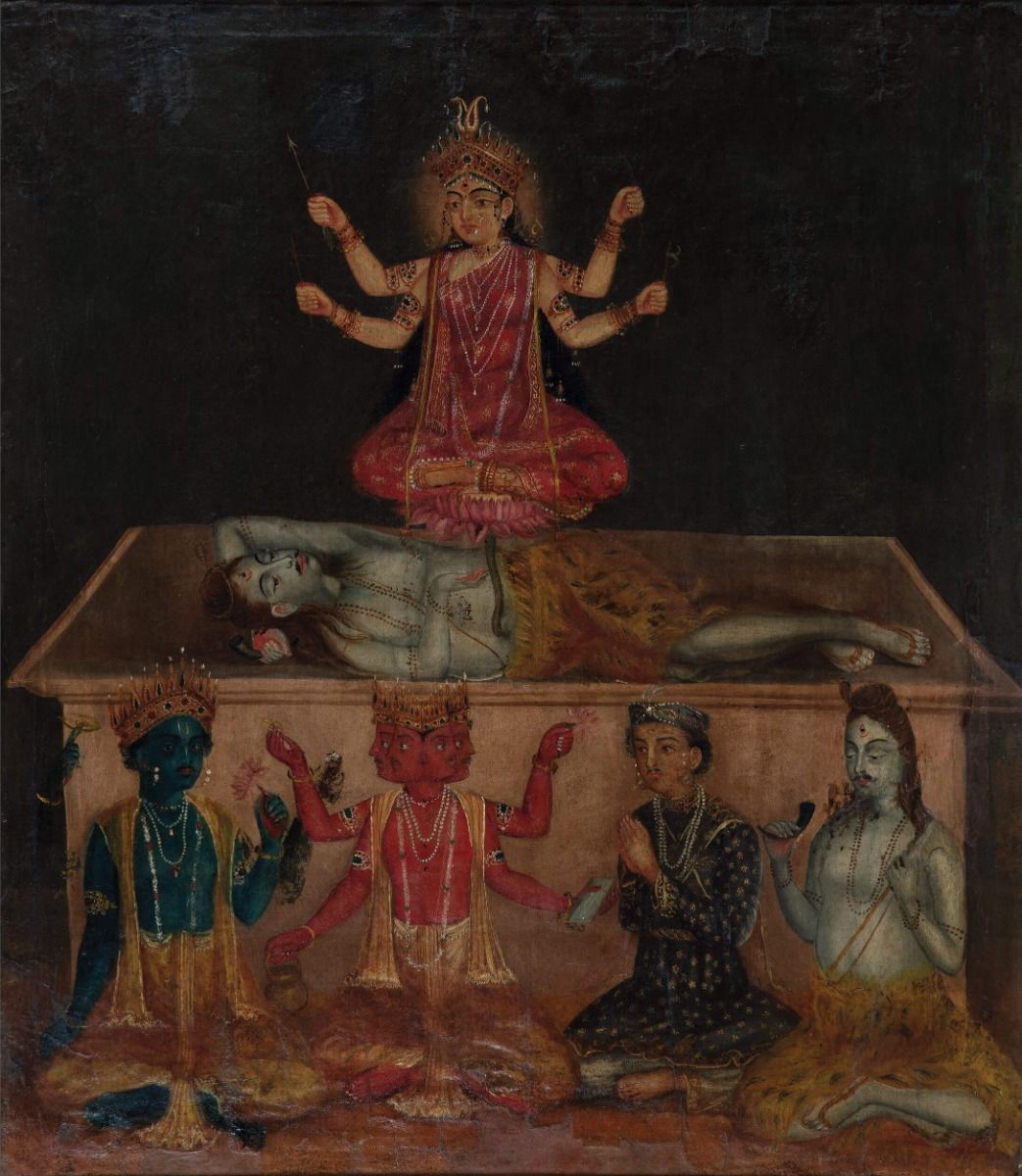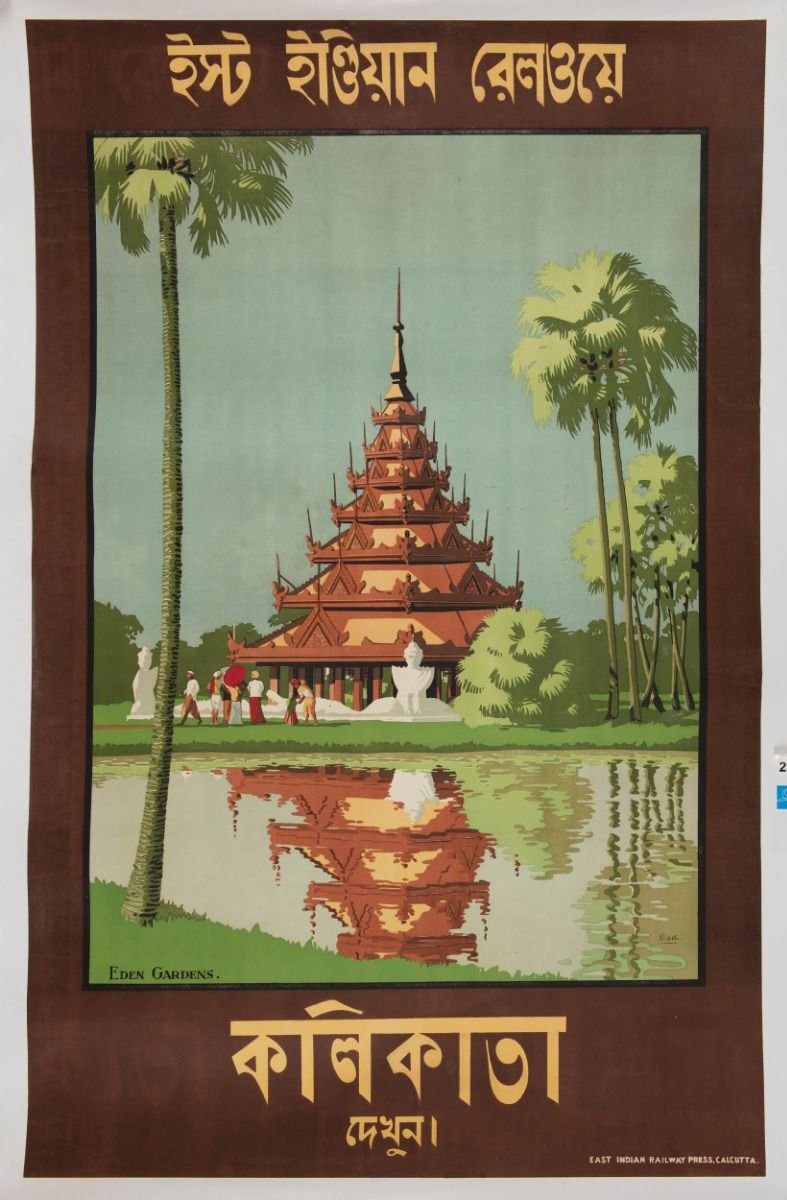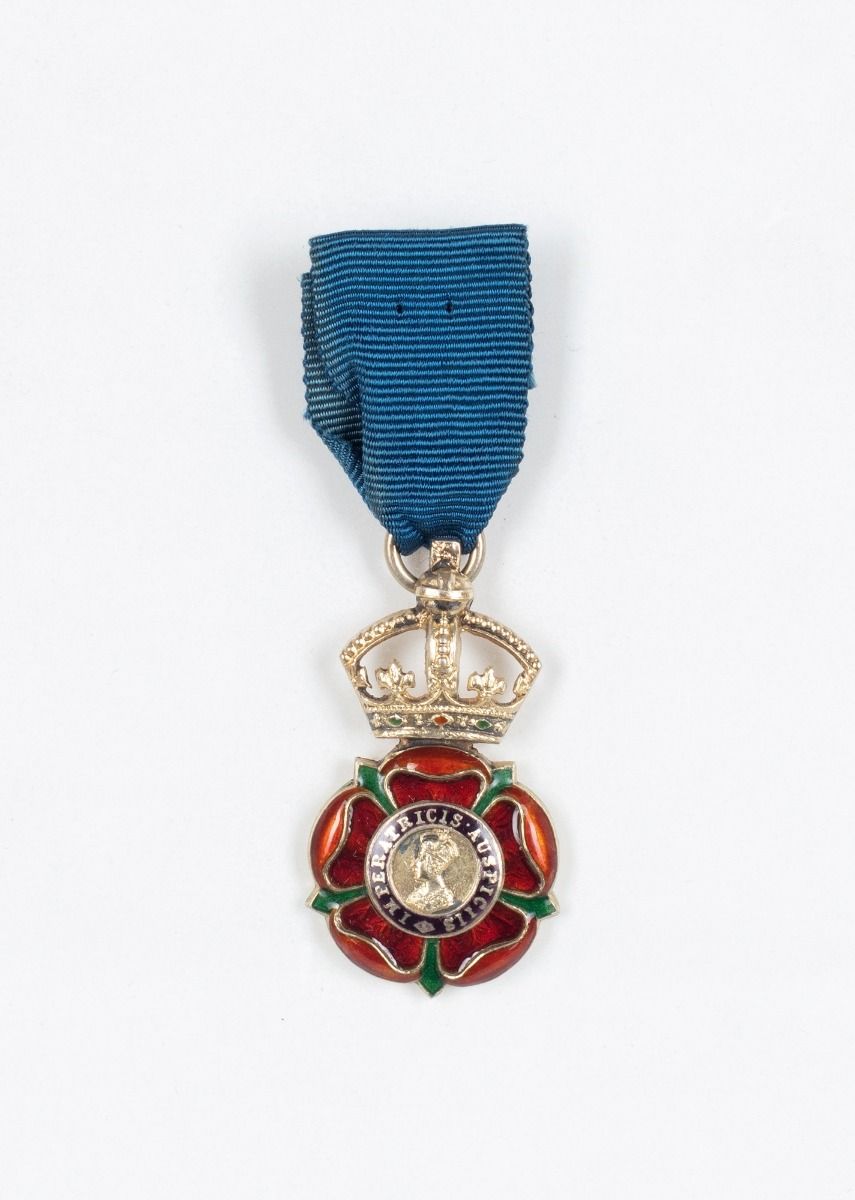Untitled (Rama Durbar)
Untitled (Rama Durbar)
Untitled (Rama Durbar)
|
Anonymous Untitled (Rama Durbar) year Mid nineteenth century size 20.0 x 16.0 in. / 50.8 x 40.6 cm. medium Engraving, water colour and colloidal tin on paper |
| Art Artist Names Single | Anonymous |
|---|







